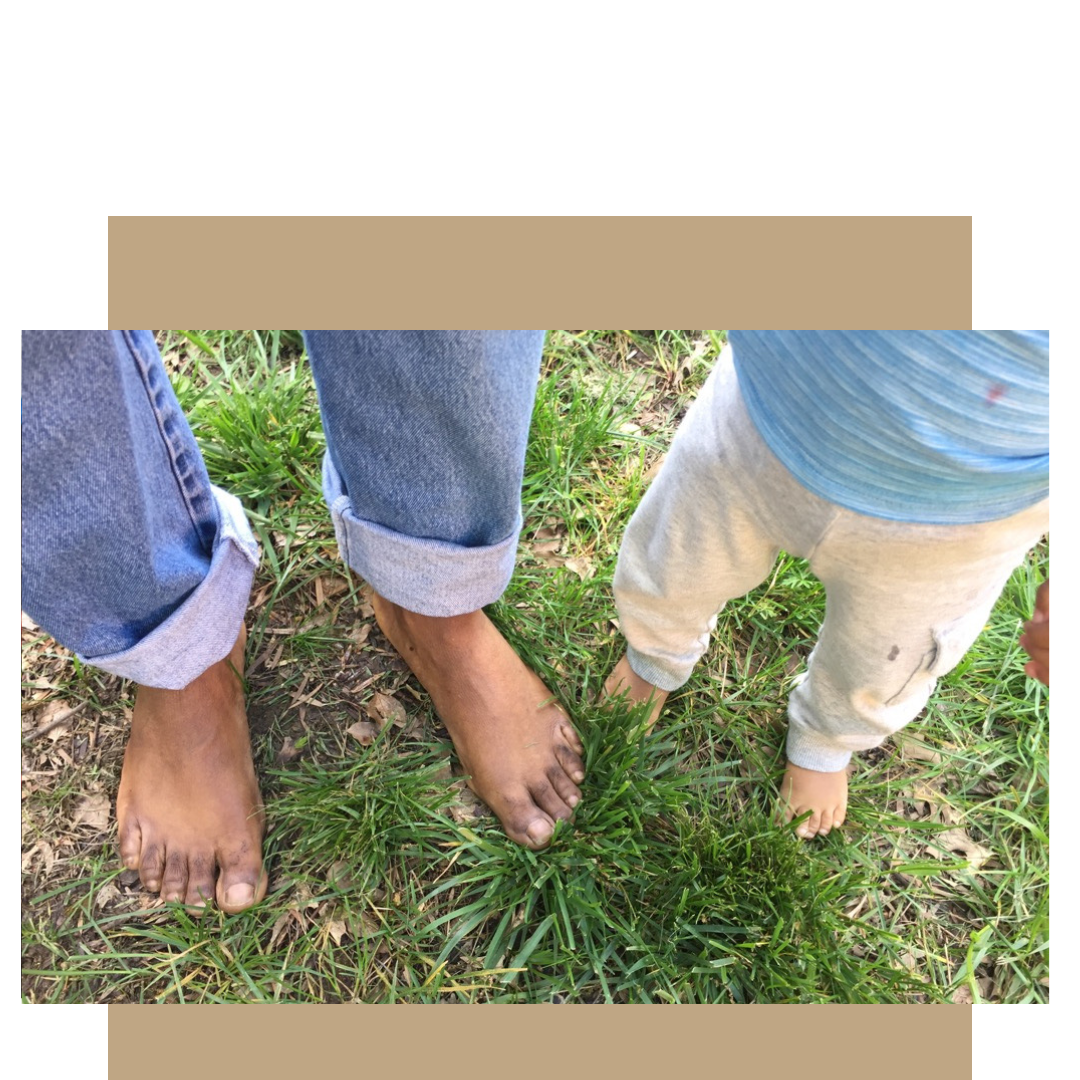
A good foundation starts on the tummy! You heard me right! They say you have to crawl before you can walk, but some pretty important milestones take place before you can crawl! Tummy time is where that magic happens! I know many of you are probably thinking, “But they look so uncomfortable down there!” and that’s exactly the point. That little bit of discomfort is the catalyst for them to learn some very important motor skills! You know how they say that necessity is the mother of invention? That’s exactly what’s happening here!
Tummy time is an important part of integrating a primitive reflex known as Tonic Labyrinthine Reflex or TLR. TLR is best explained by imagining you are holding your infant above your head and seeing them take a “superman” pose with their head up and back taunt although they really don’t have the muscles to hold their head on their own just yet. TLR is also what allows them to curl their head toward their knees in a fetal position when held the other way. Failure to integrate TLR can lead to developmental delays presenting as poor muscle tone, impaired balance and motion tolerance, or poor spatial recognition and sequencing skills.
Tummy time also leads to pushing with their forearms and hands as they begin to acclimate to their position and try to adjust. As these muscles build and their coordination improves this leads to rolling, shifting their weight around, scooching, sitting, and eventually crawling as they start to engage their legs and feet in the process as well! Infants will also see improved development of hand-eye coordination as they begin to mouth their hands during tummy time.
It’s important to remember that tummy time is more than just plopping your child down on their tummy and expecting them to fend for themselves though! We want to build an environment of security and stability that naturally occurs from the safety of the ground. The best way to start building this environment is to ensure your baby isn’t startled by the transition. You’ll start by holding the baby in a fetal like position and laying them on their side on the floor. From their side, you will roll them onto their tummy gently. This gentle transition not only prevents startling but also helps the baby to become acclimated and comfortable with the surface and associate it with stability.
Generally speaking, you’ll want to ensure your child has three to five minutes of tummy time, two to three times a day to start with and you can gradually increase that time based on your child’s individual development and needs. Take into consideration timing as well, you’ll want to give your baby plenty of time to digest their food before tummy time and avoid tummy time too close to your bedtime routine as your baby might be overly stimulated. Another helpful tip is to provide some visual stimulation and motivation for your baby during tummy time such as a colorful blanket or a toy just outside their reach.
Tummy time is learning time! Tummy time is growing time! So don’t skimp! Help your baby build a strong foundation that will help them develop both physically and mentally.
https://www.brainbalancecenters.com/blog/2014/09/retained-primitive-reflexes-sign-brain-imbalance/
https://www.youtube.com/watch?v=938vOMjl65I
http://enjoytummytime.yolasite.com/work-with-me.php
http://www.bodymindcentering.com/program/idme
http://www.consciousbaby.com/tummy-time-should-you-or-shouldnt-you/





